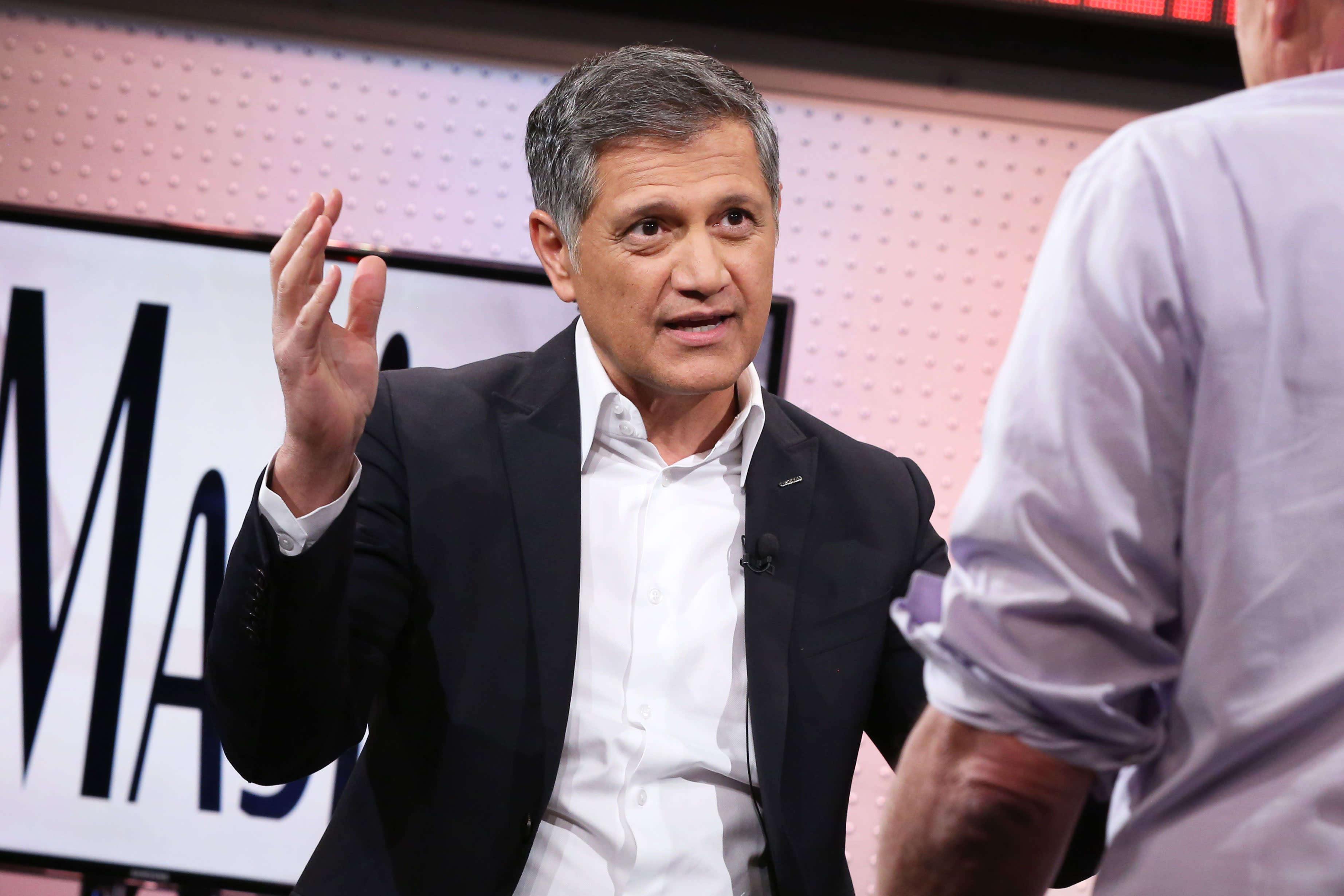Company: NRG Energy (NRG)
Business: NRG Energy is an integrated power company involved in producing and selling electricity and related products and services to residential, commercial, industrial and wholesale customers. It generates electricity using natural gas, coal, oil, solar, nuclear and battery storage.
Stock Market Value: $7.6B ($33.30 per share)
Activist: Elliott Management
related investing news
Percentage Ownership: > 13.0%
Average Cost: n/a
Activist Commentary: Elliott is a very successful and astute activist investor, particularly in the technology sector. Its team includes analysts from leading tech private equity firms, engineers and operating partners – former technology CEO and COOs. When evaluating an investment, the firm also hires specialty and general management consultants, expert cost analysts and industry specialists. The firm often watches companies for many years before investing and has an extensive stable of impressive board candidates.
What’s happening?
On May 15, Elliott sent a letter to NRG. The firm called on the company to implement a plan that includes appointing five new independent board members it has identified and making operational and strategic improvements, including a review of Vivint Smart Home.
This is not Elliott’s first foray with NRG. In January 2017, the firm filed a 13D on NRG with a plan centered around operational improvements and portfolio actions. Elliott saw a company with an attractive collection of generation and retail assets that had lost its focus as it expanded beyond its core merchant power and retail electricity businesses, which led to an uncompetitive cost structure, an overleveraged balance sheet and a complex asset portfolio. As part of its plan, Elliott suggested that NRG focus on its core businesses by reducing costs, monetizing non-core assets to simplify its portfolio and paying down debt. NRG conducted a four-month business review that targeted initiatives, including $1.065 billion of total cost and margin improvement, $2.5 billion to $4.0 billion of asset divestitures and $13 billion of debt reduction. In February 2017, Elliott settled with the company for the replacement of two directors, including the chairman, with a longtime director (since 2003) taking over the chairman role. Elliott exited their 13D six months later with a 103.5% return versus 7.5% for the S&P 500. One year later, one of their directors resigned from the board. Two years after Elliott wrapped up the engagement, the other director resigned.
Since the end of the firm’s engagement, NRG has reversed much of its progress and has underperformed the S&P Utilities Index by 44% and integrated power peers by 53%, which can largely be attributed to various operational failures and a loss of strategic direction. NRG missed two years of financial guidance in 2021 and 2022 after struggling with repeated plant outages and demonstrating an inability to manage through extreme weather events. Perhaps more impactive to its dismal performance was the company’s acquisition of Vivint (a home security business), completed on March 10. This acquisition prompted a 20% decline in NRG’s market cap over the first week and begs the question of why the company would make such a large bet on a strategy that many other firms have already failed to execute successfully.
Missteps aside, Elliott thinks that the company’s retail franchise is a crown jewel that has been a market leader in Texas for over 20 years and there remain several opportunities to get back on track. Now Elliott is back with a plan that is remarkably similar to its 2017 plan: improve operations, refresh the board, and fix strategy and capital allocation. Elliott calls on the company to adopt an operationally focused strategy of improving reliability, reducing costs and meeting financial commitments. The firm thinks that this could lead to at least $500 million of recurring, EBITDA-accretive cost reductions by 2025. Additionally, Elliott believes that NRG should conduct a strategic review of its home services strategy, including Vivint, and focus on the core integrated power business. The company should also establish a new capital allocation framework to return at least 80% of free cash flow to shareholders, with any growth investments focused on the generation and retail businesses. Elliott states that this plan would allow the company to return $6.5 billion of excess capital (~85% of the current market cap) to shareholders over the next three years. Elliott believes that this plan could create over $5 billion of value, driving the stock price to upward of $55 per share.
To effectively oversee this plan, Elliott believes that the board needs new independent directors with expertise in the power and energy industry. Elliott has identified five candidates that it believes will help implement the foregoing operational and strategic changes. The board and management currently consist of the same chairman Elliott agreed to in 2017, five (out of 10) of the same directors from before Elliott’s 2017 engagement and the same CEO as from before the firm’s engagement. Elliott does not come out and say that the company needs a new CEO, but the firm certainly dances around it in the May 15 letter: It notes that the company “must restore the credibility of the management team.” “The Board should also evaluate the management team’s ability to drive high-performance operations on a sustained basis.” “Strong management will be key to the success of the Repower NRG Plan,” and “significant changes are needed.”
One of the biggest, but under-recognized benefits of shareholder activism is that activists often not only create value during their engagement, but they also put the company on the right trajectory to sustain shareholder value over the long term. The latter did not happen here, and now Elliott is realizing the difference between giving someone a fish and teaching them to fish. Or, to use a more business-like analogy, the difference between “clock building” and “time telling” as explained by author Jim Collins in the book “Built to Last.” “Searching for a single great idea on which to build success is time telling; building an organization that can generate many great ideas over a long period of time is clock building. Enduring greatness requires clock building,” Collins wrote. In 2017, Elliott’s campaign was about time telling. To achieve the kind of long-term value the firm appears to be aiming for this time around, it is going to have to build a clock.
They will have time to make this happen. Elliott has only recommended directors instead of nominating them, which signals amicable engagement, but it cannot formally nominate directors until Dec. 29 and has until Jan. 28, 2024 to make nominations. The amount of change that is needed to sustain long-term value as Elliott alludes to in its letter will take more than just replacing two directors this time, so an early settlement might not be in the cards.
It should be noted that activists have historically not been that successful the second time around when they go back to the well. A 2019 study conducted by 13D Monitor concluded that when activists file a second campaign at the same company, they have an average return of 16.78% versus 28.56% for the S&P 500 the second time around. That’s compared to an average return of 46.54% versus 6.25% the first time they engaged.
Ken Squire is the founder and president of 13D Monitor, an institutional research service on shareholder activism, and the founder and portfolio manager of the 13D Activist Fund, a mutual fund that invests in a portfolio of activist 13D investments.


